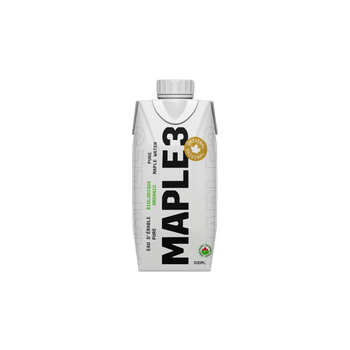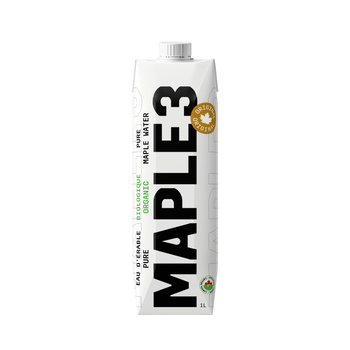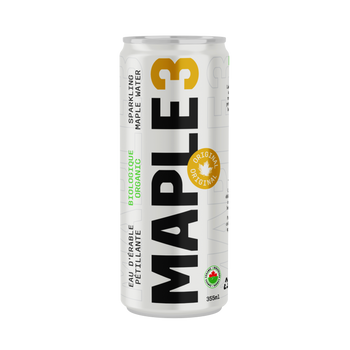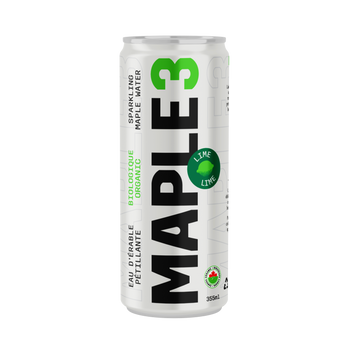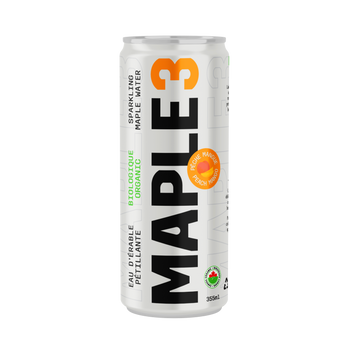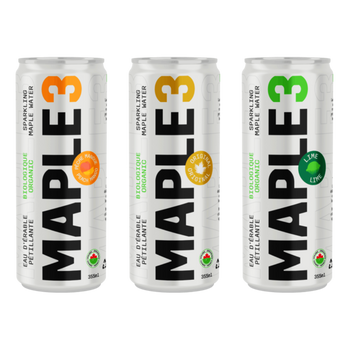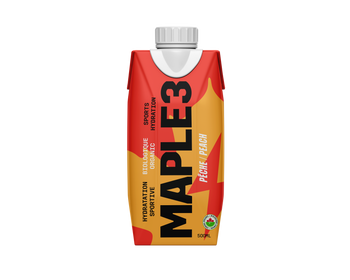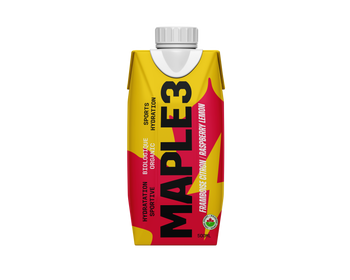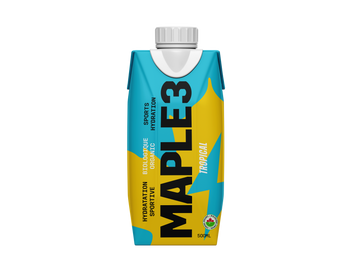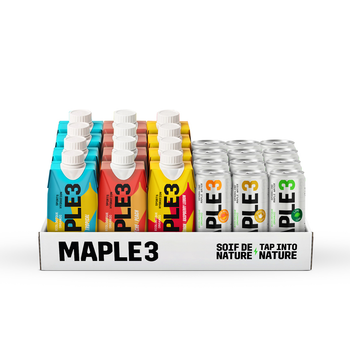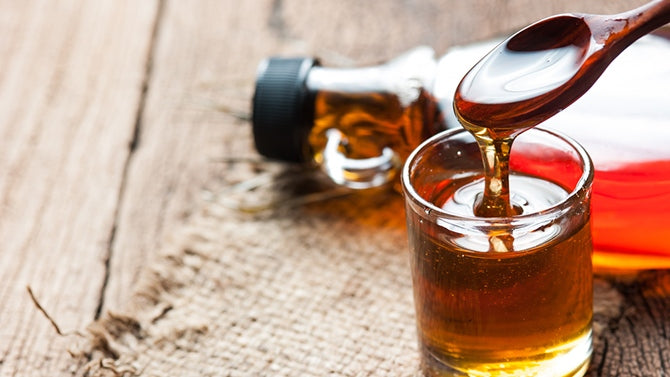
The Benefits of Maple
A little visit to the sugar shack will give you more than pleasure. In addition to being delicious, maple products have several beneficial properties for your health. So, consider incorporating them into your diet now. Here are some of its benefits.

The properties of maple sap
Maple water and sap contain phenolic compounds and flavonoids. These compounds are recognized for their powerful antioxidant effect. Maple water is said to have antimutagenic properties (opposing substances liable to introduce mutations) which vary according to the season and the method of production.
Just like maple syrup, water and sap have amino acid and organic compounds. Two recent studies show that these compounds interfere in three phenomena involved in tumor development: oxidation, inflammation and angiogenesis (the formation of new blood vessels that nourish malignant cells). In particular, they would limit the proliferation of cancer cells in the prostate and lungs. Further studies will establish whether these products indeed have anti-cancer properties. Water and sap are used in the manufacture of beauty creams. These act gently on mature skin and postmenopausal women, in addition to having soothing and regenerating properties. Once fermented, maple water turns into alcohol.
The properties of maple syrup
Among the Native Americans, maple syrup was used as a tonic. A daily consumption of 50 ml of maple syrup meets 3% of the recommended intakes of calcium, potassium and iron. The same amount meets 2% of magnesium needs, as well as a manganese and zinc intake, all for 177 calories.
The antimutagenic activity of the syrup is thought to be greater than that of the sap, a phenomenon attributable to the process of transformation of the syrup. Maple syrup and sugar contain sucrose, glucose and fructose. The latter two are simple sugars that do not require digestion and are easily assimilated by the digestive system. For an amount of 15 ml, maple syrup is one of the lowest calorie sweetening agents, compared to table syrup and honey. The syrup contains a significant concentration of abscisic acid recognized for its therapeutic properties against diabetes. Maple syrup is used in the manufacture of Ralph Hot (Ralph Lauren) eau de toilette.
Maple, an edible product
It is not only maple sap and its derivatives that are good for your health. Parts of this emblematic tree of Canada were consumed by the Amerindians, long before colonization, for their taste and their virtues. Young maple shoots entered their diet in the spring.
The sugar maple samaras (barn fruit, contained in the fins), collected in the fall and roasted, were kept for the winter and added to other foods. They offer a protein content of 43%. Green fruits, put in vinegar, are edible. Young leaves, raw or cooked, are excellent in salads.
The inner bark was used to garnish hot drinks. Those from red maple and silver maple were crushed to make flour that was used in bread making. The roots, boiled, were used to treat wounds and abscesses, among others.
Other derivative products
The bark of red maple and the bark of branches may constitute potential sources of new antioxidants rich in polyphenols according to research carried out by researchers at Laval University. Maple sugar facilitates exfoliation of the skin. Obviously, maple products contain sugar. It should therefore be consumed in moderation. But admit that this tree, which offers magnificent colors in the fall, is much more than decorative.
# maple3 #maplewater # maple #maple #bienfaits #benefits #tapintonature #thirstenature
- Choosing a selection results in a full page refresh.
!

